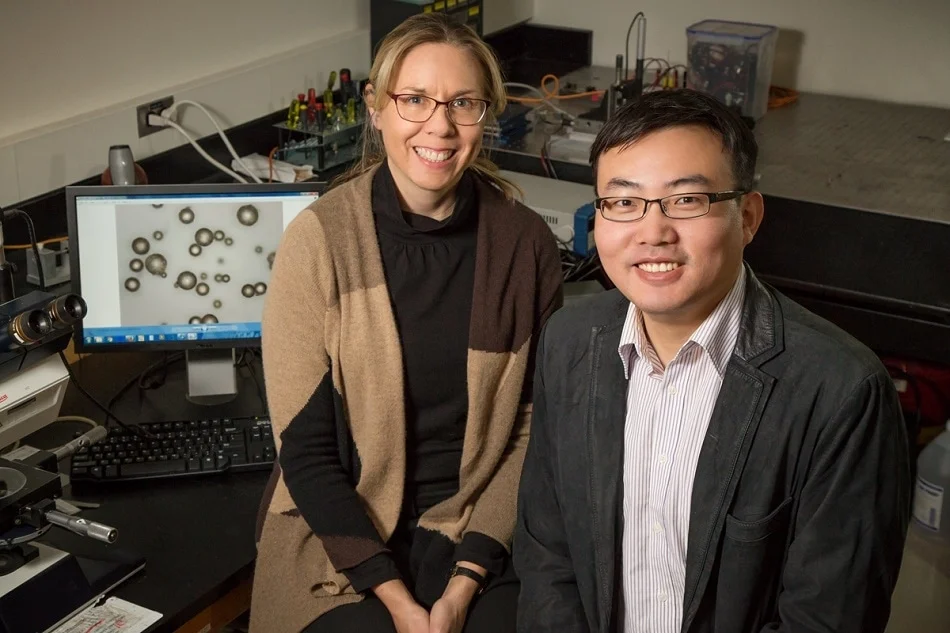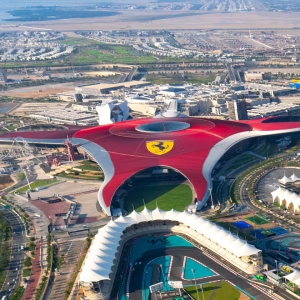Self-healing materials UAE infrastructure initiatives are transforming the way the United Arab Emirates (UAE) builds and maintains its structures. The UAE is renowned for its ambitious infrastructure projects and commitment to innovation. By integrating self-healing materials into construction practices, the country is developing structures that can automatically repair themselves when damaged, significantly enhancing durability, reducing maintenance costs, and promoting sustainability. This article explores the impact of self-healing materials UAE infrastructure research on current and future projects, highlighting benefits, applications, and prospects.
What Are Self-Healing Materials?
Self-healing materials are engineered substances that can automatically repair damage, such as cracks or wear, without human intervention. This capability is achieved through various mechanisms, including:
- Microencapsulation: Incorporating healing agents within microcapsules that release upon damage.
- Vascular Networks: Designing materials with channels that transport healing agents to damaged areas.
- Intrinsic Healing: Utilizing materials that inherently possess self-repairing properties.
These materials are particularly advantageous in infrastructure applications, where maintaining structural integrity is paramount.

UAE’s Commitment to Sustainable Infrastructure
The UAE’s Vision 2030 emphasizes the importance of sustainability and innovation in development. In line with this vision, the country has been exploring and implementing self-healing materials in various infrastructure projects. The integration of these materials aligns with the UAE’s goals of reducing maintenance costs, extending the lifespan of structures, and minimizing environmental impact.
Applications of Self-Healing Materials in UAE Infrastructure
1. Concrete Structures
Concrete is a fundamental component of UAE’s infrastructure, used extensively in buildings, bridges, and roads. The incorporation of self-healing concrete can address common issues such as cracking and water ingress, which can lead to corrosion and structural degradation. Research conducted by the UAE University has focused on developing concrete capable of self-healing with minimal external intervention, enhancing the durability of structures WAM.

2. Roadways and Pavements
The UAE’s expansive road network faces challenges related to wear and tear, especially under the harsh desert climate. Self-healing asphalt and polymeric materials are being explored to repair microcracks and prevent the formation of potholes. These materials can extend the lifespan of roadways, reduce maintenance costs, and improve safety for commuters.
3. Coastal and Marine Structures
Given the UAE’s extensive coastline, marine structures such as ports and seawalls are susceptible to damage from saltwater exposure and mechanical stress. Self-healing materials can enhance the resilience of these structures by automatically repairing cracks and preventing further deterioration, thereby reducing the need for frequent repairs and ensuring long-term stability.

Benefits of Self-Healing Materials in Infrastructure
- Enhanced Durability: Self-healing materials can prolong the lifespan of structures by addressing damage promptly.
- Cost Savings: Reduced need for repairs and maintenance translates to significant cost savings over time.
- Sustainability: By minimizing the need for replacement materials and reducing waste, these materials contribute to environmental conservation.
- Safety: Maintaining the integrity of structures ensures the safety of occupants and users.
Challenges and Considerations
While the benefits are substantial, the adoption of self-healing materials in infrastructure projects presents certain challenges:
- Cost of Implementation: The initial cost of self-healing materials can be higher than traditional materials, potentially impacting project budgets.
- Scalability: Producing self-healing materials at scale to meet the demands of large infrastructure projects requires significant investment in manufacturing capabilities.
- Standardization: Developing industry standards and regulations for the use of self-healing materials is essential to ensure consistency and quality.
Future Prospects
The future of self-healing materials in UAE infrastructure projects looks promising. Ongoing research and development efforts aim to enhance the performance and reduce the costs associated with these materials. Collaborations between academic institutions, research organizations, and industry stakeholders are fostering innovation and accelerating the adoption of self-healing technologies.
As the UAE continues to lead in infrastructure development, the integration of self-healing materials will play a pivotal role in creating sustainable, resilient, and cost-effective structures that stand the test of time.
Do follow UAE Stories on Instagram
Read Next – Abu Dhabi Court Upholds Dh350,000 Compensation for Medical Error in Child’s Vaccination














